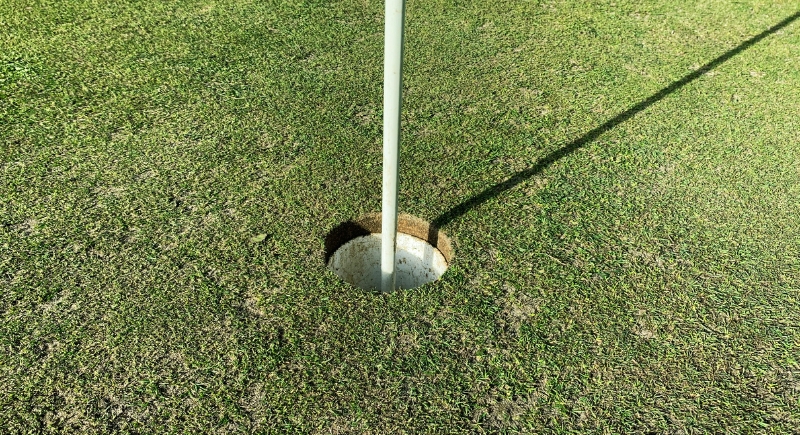4 Game-Changing Golf Moves Every Coach Teaches
Most golf problems start long before the club meets the ball. The wrong setup, a small habit you don’t notice, a movement that throws off everything that follows—it all adds up. Good coaches know this, and they focus on a few simple adjustments that stop mistakes before they happen. Here are four of such adjustments that fix what most players never think to look at.
Lead-Side Pressure at Setup

Image via Unsplash/Kawê Rodrigues
Golf doesn’t reward the tilted. Too many players line up with clean posture and solid grip, then shift weight to the trail leg without realizing it. The moment that the trigger hand goes on the grip, the balance subtly tilts back. It’s instinctive, and it messes with everything from swing path to low point. Pros correct it before the first backswing. They move the pressure forward slightly enough to load the lead side.
Here’s how coaches explain it: stand tall, rock lightly between your feet until you feel 50/50, then sink into posture and press your thighs forward an inch. It locks in center alignment without moving the head. That’s the moment most players get their first lesson in striking clean.
You won’t see this move on magazine covers, but every coach knows what it does. Good ball-striking lives in those few degrees of pressure adjustment. Set it up correctly, and the swing has somewhere reliable to return.
Target Focus: Ahead of the Ball

Image via Unsplash/Yan Kim
Focusing directly on the golf ball seems logical—it’s sitting there, after all. But that habit locks players into lifting too early or dropping the club too late. It shortens extension and forces the body to stall. Coaches often redirect that attention slightly forward, aiming a few inches beyond the ball. This trains the hands and body to chase the right spot through impact.
One simple drill involves pressing a tee into the turf just in front of the ball. Swing through it. Let that be the focus, not the ball. What that does is shift your low point closer to the ideal—after the ball, not before. And once that’s set, you start hitting down on the shot. That’s when compression shows up.
This forward focus guides the eyes, keeps the arms from stopping short, and reduces flicking through impact. Coaches love this adjustment because it fixes the angle of attack and releases tension in the wrists. You want crisp contact? Stop staring at the ball. Look where the club should go, not where it starts.
L-to-L Drill for Swing Control
Control is a product of sequencing—club, arms, and body moving together. That’s where the L-to-L drill steps in. Coaches use it to teach wrist loading without tension and follow-through without collapse. Swing halfway back until your lead arm and club form an “L.” Then move through until you mirror that same “L” on the opposite side. Keep it smooth, not slow.
This swing shape builds feel and is surprisingly effective in sharpening distance control, especially with wedges and short irons. When the wrists load naturally, you gain clubhead speed without swinging harder.
The best part is that this drill translates directly to the course. Players who struggle with chunked chips or over-swung approaches see fast results here. The smaller swing zones force the body to move with purpose and reduce flailing hands. Over time, the L-to-L shape creates better timing, better structure, and cleaner strikes across the board. It’s not flashy—but it works.
Distance Memory with Visual Targets
Range sessions can be misleading. Flat mats, perfect lies, and endless balls mask the reality of real golf. That’s why some coaches train players to land shots on visual targets instead of “just hitting.” One favorite method uses a flipped umbrella or towel placed at 50, 75, or 100 yards. These burns carry distance into your mind without staring at a monitor.
The goal is consistent flight and contact. Coaches don’t want players guessing how far their 8-iron goes. They want a range, like 142, not “around 150.” Knowing that exact feel eliminates guesswork when the pressure’s up.
What’s interesting is how often this drill exposes gaps. Players might carry one wedge 48 yards and the next 72. That’s a problem. But once targets are introduced, the brain starts to catalog swings against outcomes. Soon, the body knows what it takes to fly a shot 62 yards. Coaches train tour players with this and recommend it for weekend golfers. Landing zones build trust, and trust leads to better scores.